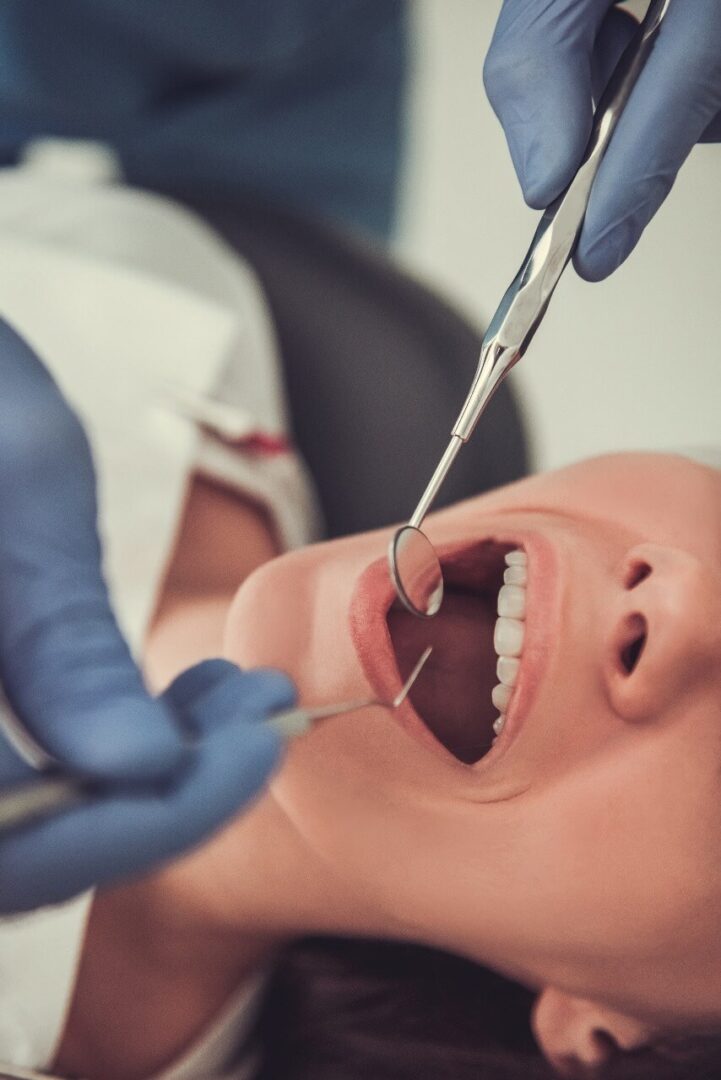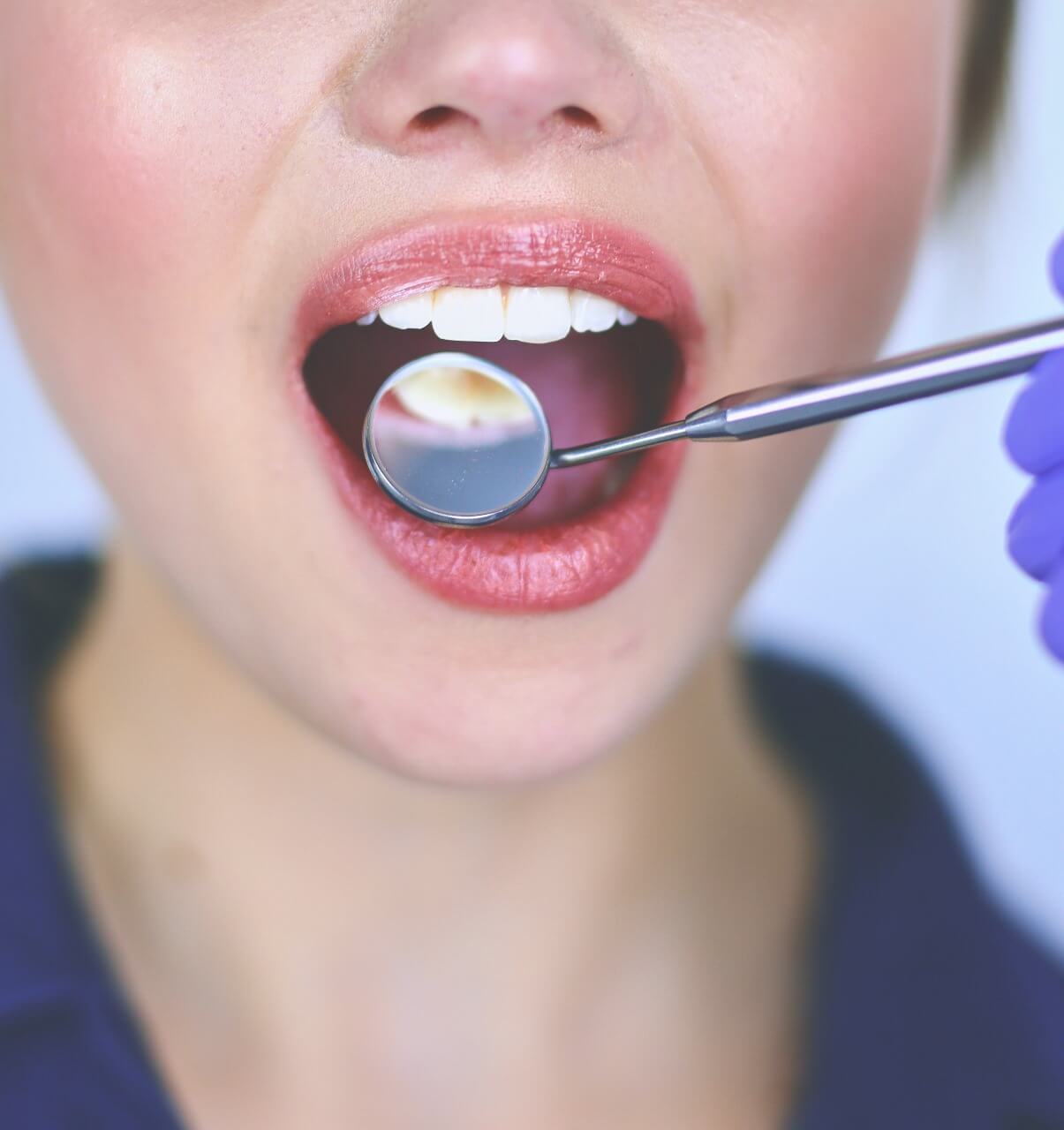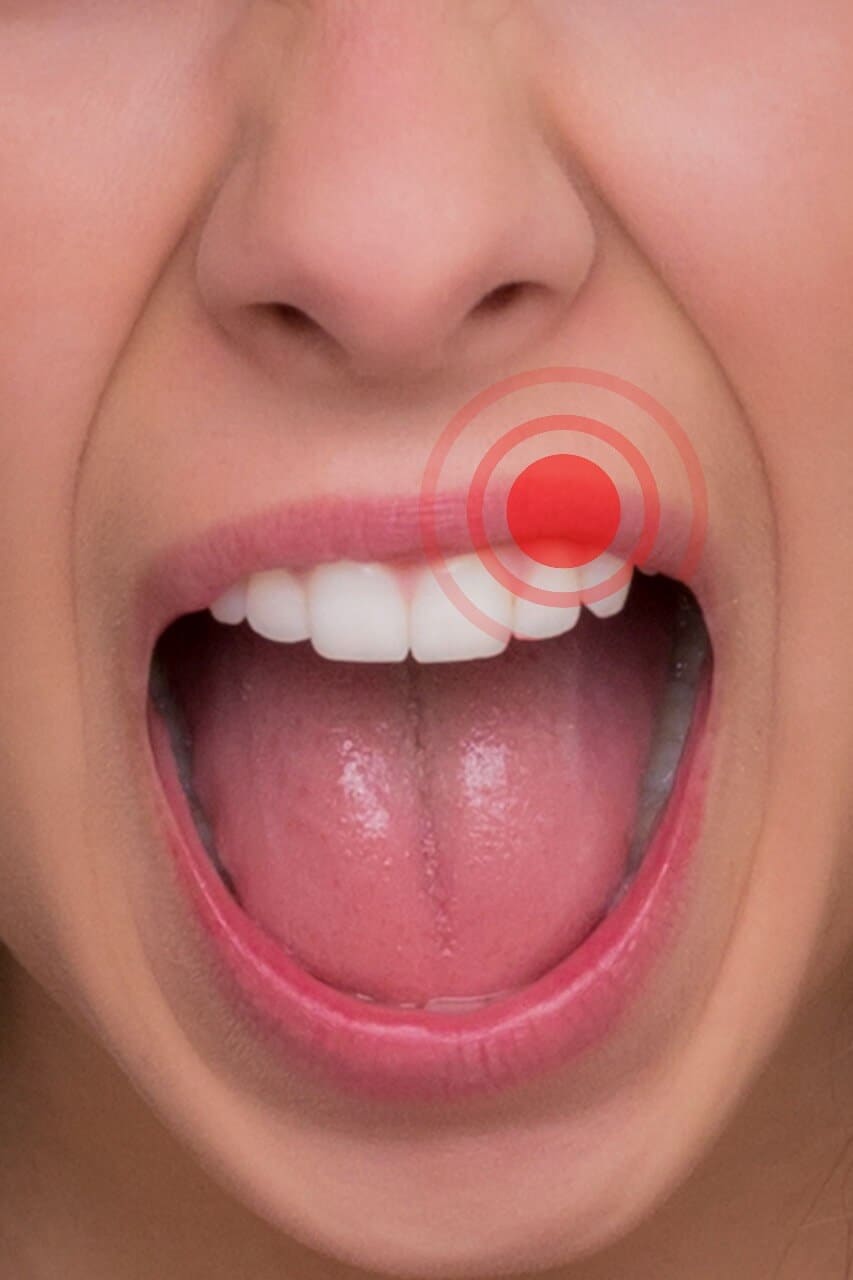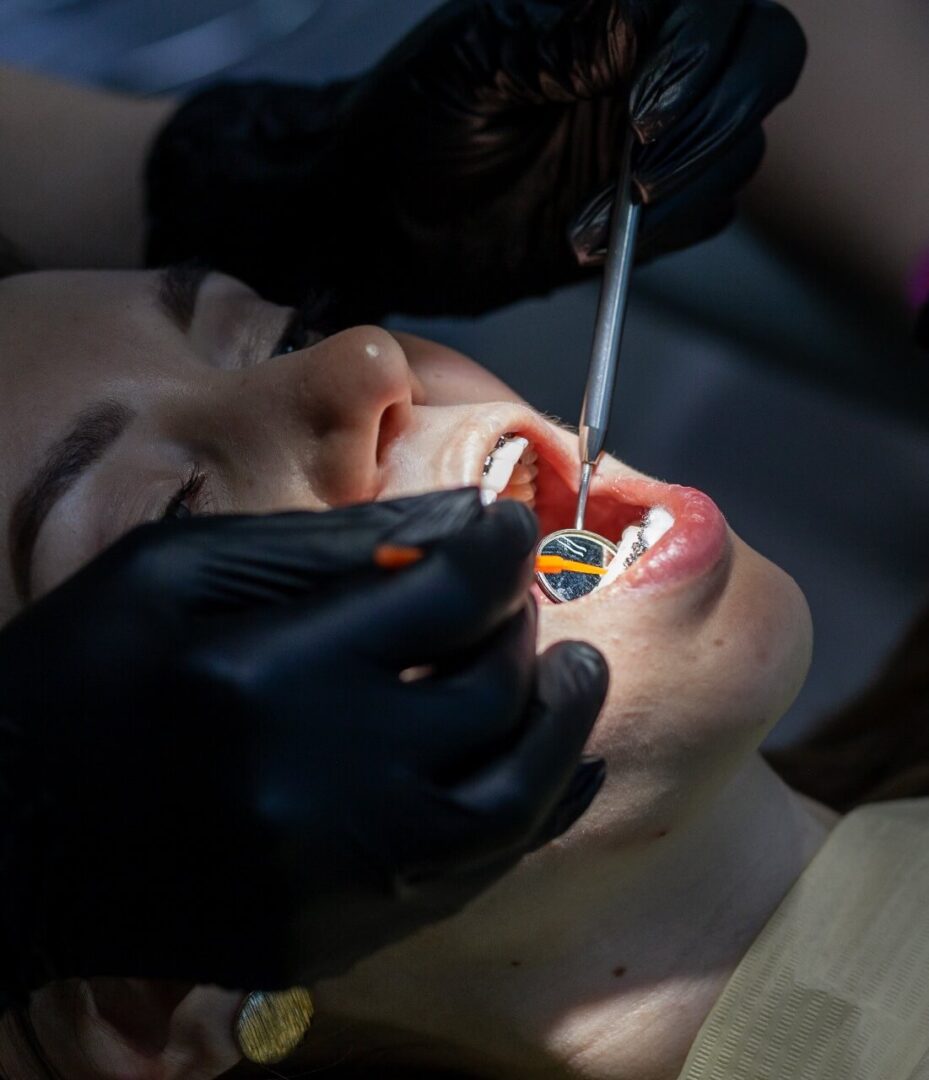Periodontal Disease
Understanding, Treating, and Preventing Gum Disease
Periodontal disease – Gum Disease
Periodontal disease, commonly known as gum disease, is a serious condition that affects millions of people worldwide. It is the leading cause of tooth loss in adults, and if left untreated, can have severe consequences for your oral health. Gum disease is caused by bacterial infections that attack the soft tissue and bone that support your teeth, leading to inflammation and eventual tooth loss. While it may seem like a minor issue at first, gum disease can quickly escalate into a more serious problem. In this blog post, we will explore the causes, symptoms, treatments, and prevention of periodontal disease to help you understand the importance of maintaining healthy gums. By the end of this post, you’ll be equipped with the knowledge you need to prevent and treat gum disease, ensuring your oral health for years to come.

1. Introduction to periodontal disease: What is it and why is it important to understand?
Periodontal disease, also known as gum disease, is a common oral health condition that affects the gums and the supporting structures of the teeth. It is important to understand this disease because it can have serious consequences if left untreated.
Periodontal disease begins with the buildup of plaque, a sticky film of bacteria that forms on the teeth. Over time, if not properly removed through regular brushing and flossing, the plaque hardens into tartar, which cannot be removed by brushing alone. This tartar buildup irritates the gums, leading to inflammation and the early stage of gum disease called gingivitis.
If gingivitis is left untreated, it can progress into periodontitis, a more advanced stage of gum disease. Periodontitis causes the gums to recede and form pockets between the teeth and gums. These pockets become breeding grounds for bacteria, leading to further infection and damage to the structures that support the teeth, including the bone. If not treated promptly, periodontitis can result in tooth loss.
Understanding periodontal disease is crucial because it helps individuals recognize the signs and symptoms. Common symptoms include red, swollen, and bleeding gums, persistent bad breath, receding gums, and loose or shifting teeth. By identifying these signs early on, individuals can seek timely treatment and prevent further damage.
Treating periodontal disease typically involves a combination of professional dental care and diligent oral hygiene practices at home. Scaling and root planing, also known as deep cleaning, is a common procedure that removes plaque and tartar from below the gumline. In more severe cases, surgical interventions may be necessary to repair damage and restore oral health.
Preventing periodontal disease is key to maintaining good oral health. This can be achieved through regular dental check-ups, daily brushing and flossing, and adopting a healthy lifestyle. A balanced diet, avoiding tobacco use, and managing stress can also contribute to overall gum health.
In conclusion, understanding periodontal disease is essential in order to recognize its signs, seek appropriate treatment, and prevent further damage. By taking proactive steps to maintain good oral hygiene and visiting the dentist regularly, individuals can protect their gums and preserve their overall oral health.

2. Signs and symptoms of gum disease: How to recognize if you have periodontal disease
Recognizing the signs and symptoms of gum disease is crucial in order to take proactive steps towards treatment and prevention. While it is always best to consult with a dental professional for an accurate diagnosis, there are some common indicators that can help you identify if you have periodontal disease.
One of the first signs to look out for is bleeding gums. Healthy gums should not bleed, even when brushing or flossing. If you notice blood when performing your oral hygiene routine, it could be a sign of gum inflammation and potential gum disease.
Another symptom to be aware of is persistent bad breath, also known as halitosis. This is often caused by the buildup of bacteria in the mouth, which can occur in the presence of gum disease. If you find that your breath consistently has an unpleasant odor, it may be worth investigating further.
Gum recession is another common symptom of periodontal disease. This is when the gum tissue starts to pull away from the teeth, exposing the roots. You may notice that your teeth appear longer or that there are gaps forming between them. It is important to address gum recession promptly, as it can lead to further complications if left untreated.
Additionally, if you experience tenderness, redness, or swelling in your gums, it could be an indication of gum disease. Healthy gums should have a firm and pink appearance. Any changes in color or texture should be noted and brought to the attention of your dentist.
Tooth sensitivity can also be a sign of periodontal disease. As the gums recede and expose the roots, the teeth become more susceptible to temperature changes and discomfort.
If you notice any of these signs or symptoms, it is important to schedule an appointment with your dentist as soon as possible. Early detection and intervention can help prevent further damage and improve the overall prognosis for gum disease. Remember, maintaining good oral hygiene practices and regular dental check-ups are key in preventing and managing gum disease.

3. Causes and risk factors: Understanding the factors that contribute to gum disease
Understanding the causes and risk factors of gum disease is crucial in effectively treating and preventing this common dental condition. While poor oral hygiene is often the primary cause, there are several other factors that can increase the risk of developing gum disease.
One of the main culprits is plaque buildup. When plaque, a sticky film of bacteria, accumulates on teeth and along the gumline, it can lead to inflammation and infection. This can eventually progress into gum disease if not properly addressed. Other factors that contribute to gum disease include smoking or tobacco use, hormonal changes (such as during pregnancy or menopause), certain medications, genetics, and chronic conditions like diabetes.
It’s important to note that poor oral hygiene habits, such as infrequent brushing, flossing, and regular dental check-ups, can significantly increase the risk of gum disease. When teeth are not properly cleaned, plaque can harden into tartar, which cannot be removed by brushing alone. This buildup of tartar can irritate the gums and lead to gum disease.
Furthermore, lifestyle choices can also play a role in the development of gum disease. Smoking or chewing tobacco, for example, not only stains teeth but also weakens the immune system and impedes the healing process, making it easier for gum disease to take hold.
Understanding these causes and risk factors is essential in taking proactive measures to prevent gum disease. By practicing good oral hygiene, quitting smoking, managing chronic conditions, and seeking professional dental care, individuals can significantly reduce their risk of developing gum disease.
In the next section, we will explore various treatment options for gum disease and delve into effective prevention strategies to maintain optimal gum health. Stay tuned for more valuable insights on this important dental topic.

4. Stages of periodontal disease: Exploring the progression of gum disease and its impact on oral health
Periodontal disease, commonly known as gum disease, is a progressive condition that can have a significant impact on oral health if left untreated. Understanding the different stages of gum disease is crucial in recognizing its symptoms and seeking appropriate treatment.
The first stage of gum disease is known as gingivitis. At this stage, the gums may appear red, swollen, and may bleed easily during brushing or flossing. Gingivitis is caused by the buildup of plaque, a sticky film of bacteria that forms on the teeth. Fortunately, gingivitis is reversible with proper oral hygiene and professional cleaning.
If gingivitis is left untreated, it can progress to the second stage, known as periodontitis. With periodontitis, the infection spreads below the gum line, causing the gums to recede and form pockets. Bacteria thrive in these pockets, leading to further damage to the gums, connective tissues, and eventually the bone supporting the teeth. As the disease progresses, teeth may become loose or even fall out.
The most advanced stage of gum disease is called advanced periodontitis. At this stage, the destruction of the bone and connective tissues is severe, leading to extensive tooth loss and potential complications. Individuals with advanced periodontitis may also experience pain, discomfort, and difficulty in chewing or speaking.
Prevention is key when it comes to gum disease. Regular brushing and flossing, along with routine dental check-ups, can help remove plaque and prevent its accumulation. Additionally, maintaining a healthy lifestyle, avoiding tobacco use, and managing conditions such as diabetes can contribute to maintaining healthy gums.
Treating gum disease involves various interventions depending on the stage of the disease. Deep cleaning techniques, such as scaling and root planing, are commonly used to remove plaque and tartar from below the gum line. In more advanced cases, surgical procedures may be necessary to repair and regenerate damaged tissues.
Understanding the stages of periodontal disease is essential in recognizing the signs and symptoms, as well as seeking timely treatment. By practicing good oral hygiene habits and seeking professional dental care, individuals can work towards preventing gum disease and maintaining optimal oral health.

5. Treatment options for gum disease: Discussing various approaches to managing and treating periodontal disease
When it comes to treating gum disease, there are various approaches that can be taken depending on the severity of the condition. It’s important to understand that periodontal disease is a progressive condition, so early intervention is crucial to prevent further damage to the gums and supporting structures of the teeth.
One common treatment option for gum disease is scaling and root planing. This is a non-surgical procedure performed by a dental professional to remove plaque and tartar buildup from the teeth and roots. It involves a thorough cleaning of the gumline and the tooth surfaces below it, effectively eliminating the bacteria that cause gum disease. This procedure is usually done in multiple sessions to ensure thorough cleaning and promote healing of the gums.
In more advanced cases, surgical intervention may be necessary. Gum surgery can help to reduce pocket depths, remove diseased tissue, and promote gum reattachment. Procedures such as flap surgery, bone grafting, and guided tissue regeneration are commonly used to repair and regenerate damaged gum and bone tissues. These surgical treatments aim to restore the health and functionality of the affected area, preventing further bone loss and tooth loss.
In addition to professional treatments, proper oral hygiene practices play a crucial role in managing and preventing gum disease. Regular brushing and flossing, along with using antimicrobial mouth rinses, can help to remove plaque and bacteria from the teeth and gums. It is also important to maintain regular dental check-ups and cleanings to monitor the condition of your gums and receive professional cleanings to remove any hard-to-reach plaque and tartar.
In some cases, adjunctive therapies may be recommended to complement traditional treatment methods. These include the use of antibiotics, antimicrobial mouth rinses, and locally applied antimicrobial agents to further control bacterial growth and infection.
Ultimately, the choice of treatment for gum disease will depend on the individual’s specific condition and the recommendation of the dental professional. It is important to seek timely treatment to prevent further damage to the gums and ensure optimal oral health. Remember, prevention is key, so maintaining good oral hygiene practices and regular dental visits can go a long way in preventing gum disease from developing or progressing.

6. Importance of professional dental care: The role of regular dental visits in preventing and treating gum disease
Regular dental visits play a crucial role in preventing and treating gum disease. While maintaining good oral hygiene at home is important, it is not enough to ensure the complete health of your gums. Professional dental care offers a range of benefits that can significantly impact the prevention and treatment of gum disease.
Firstly, dental professionals have the expertise and tools necessary to thoroughly clean your teeth and gums, removing plaque and tartar buildup that can lead to gum disease. Even with diligent brushing and flossing, certain areas of the mouth can be difficult to reach, allowing harmful bacteria to accumulate. Regular dental cleanings help to eliminate these bacteria, reducing the risk of gum inflammation and infection.
In addition to cleaning, dental visits also provide an opportunity for early detection and intervention. Dentists and dental hygienists are trained to identify signs of gum disease at its earliest stages, such as gum swelling, bleeding, and pocket formation. By catching these signs early on, treatment can be initiated promptly, preventing the progression of gum disease and the potential for more severe complications.
Furthermore, professional dental care involves comprehensive examinations that assess not only the health of your gums but also the overall condition of your teeth and mouth. This holistic approach allows dentists to identify other oral health issues that may contribute to the development or worsening of gum disease. For example, misaligned teeth, bite problems, or tooth decay can all impact the health of your gums and require appropriate treatment.
Regular dental visits also provide an opportunity for education and guidance on maintaining optimal oral health. Dental professionals can offer personalized advice on proper brushing and flossing techniques, recommend oral care products suited to your specific needs, and address any concerns or questions you may have. This knowledge empowers you to take better care of your gums and prevent gum disease in the long run.
In summary, professional dental care is essential for preventing and treating gum disease. From thorough cleanings to early detection, comprehensive examinations, and educational guidance, regular dental visits offer a multifaceted approach to maintaining optimal gum health. By prioritizing professional dental care, you can significantly reduce the risk of gum disease and enjoy a healthy, confident smile for years to come.

7. Preventive measures: Strategies to maintain healthy gums and prevent periodontal disease
Preventing periodontal disease is crucial in maintaining healthy gums and overall oral health. By implementing a few simple strategies, you can significantly reduce the risk of developing gum disease and its associated complications.
First and foremost, maintaining a consistent oral hygiene routine is key. This includes brushing your teeth at least twice a day with a fluoride toothpaste and using dental floss or interdental brushes to remove plaque and debris from between your teeth. It is recommended to brush for at least two minutes each time, ensuring that all surfaces of your teeth are thoroughly cleaned.
Regular dental check-ups and professional cleanings are also vital in preventing gum disease. Your dentist will not only assess the health of your gums but also remove any plaque and tartar buildup that cannot be effectively removed through at-home oral hygiene practices. These appointments allow for early detection of any signs of gum disease, enabling prompt treatment before it progresses.
A well-balanced diet plays a significant role in maintaining healthy gums. A diet rich in fruits, vegetables, lean proteins, and whole grains provides essential nutrients that support gum health. On the other hand, excessive consumption of sugary and acidic foods and beverages can contribute to the development of gum disease. Limiting these items and opting for healthier alternatives can make a substantial difference in preventing periodontal issues.
Avoiding tobacco products is crucial for gum health. Smoking and chewing tobacco significantly increase the risk of gum disease and hinder the healing process if already affected. Quitting tobacco use not only benefits your gums but also improves your overall health and reduces the risk of numerous other diseases.
Lastly, stress management is often overlooked but plays a role in gum health. High levels of stress can weaken the immune system, making it more difficult for your body to fight off infections, including gum disease. Incorporating stress-reducing activities such as exercise, meditation, or hobbies into your daily routine can help maintain a healthy balance and support gum health.
By implementing these preventive measures, you can significantly reduce the risk of developing periodontal disease and maintain healthy gums for a lifetime. Remember, prevention is always better than cure when it comes to oral health.

8. Oral hygiene practices for gum disease prevention: Best practices for brushing, flossing, and using mouthwash
Maintaining proper oral hygiene practices is crucial for preventing and managing gum disease. By following best practices for brushing, flossing, and using mouthwash, you can significantly reduce the risk of developing periodontal disease.
Firstly, let’s talk about brushing. It is recommended to brush your teeth at least twice a day, using a soft-bristled toothbrush and fluoride toothpaste. Start by positioning the toothbrush at a 45-degree angle to your gums and gently move the brush in circular motions. Be sure to brush all surfaces of your teeth, including the front, back, and chewing surfaces. Pay extra attention to your gumline, as this is where plaque and bacteria tend to accumulate.
Next, let’s discuss flossing. Flossing is an essential step in removing plaque and food particles from between your teeth and along the gumline. Take a generous amount of dental floss and carefully slide it between each tooth, forming a C-shape around the tooth. Gently move the floss up and down, making sure to reach below the gumline. Repeat this process for each tooth, using clean sections of floss.
In addition to brushing and flossing, incorporating mouthwash into your oral hygiene routine can provide an extra layer of protection against gum disease. Look for an antimicrobial mouthwash that is specifically designed to kill bacteria and reduce plaque formation. Rinse your mouth with the mouthwash for the recommended amount of time, usually around 30 seconds, and then spit it out. Avoid eating or drinking for at least 30 minutes after using mouthwash to allow it to work effectively.
Remember, consistent and proper oral hygiene practices are vital in preventing gum disease. Along with regular dental check-ups and cleanings, these practices can help maintain healthy gums and overall oral health. By prioritizing your oral hygiene, you can take proactive steps towards preventing periodontal disease and enjoying a healthy smile for years to come.

9. Lifestyle factors and their impact on gum health: How diet, smoking, and stress can affect gum disease
Lifestyle factors play a significant role in our overall health, and this includes the health of our gums. It’s important to understand how diet, smoking, and stress can impact gum disease and take necessary measures to minimize their negative effects.
Diet plays a crucial role in maintaining healthy gums. Nutrient deficiencies, particularly in vitamin C, can weaken the immune system and make gums more susceptible to infections. It’s essential to consume a balanced diet rich in fruits, vegetables, lean proteins, and whole grains to provide the necessary nutrients for gum health. Additionally, limiting sugary and acidic foods can help prevent plaque buildup and reduce the risk of gum disease.
Smoking is a well-known risk factor for gum disease. It weakens the immune system, reduces blood flow to the gums, and hinders the body’s ability to fight off infections. Smokers are more likely to develop severe gum disease and experience delayed healing after dental procedures. Quitting smoking is not only beneficial for overall health but also plays a vital role in preventing and treating gum disease.
Stress is another lifestyle factor that can impact gum health. When we are stressed, our body produces higher levels of cortisol, a hormone that suppresses the immune system. This weakened immune response can make gums more susceptible to infections and slow down the healing process. Finding healthy ways to manage stress, such as exercise, meditation, or engaging in hobbies, can help maintain optimal gum health.
Understanding the impact of these lifestyle factors on gum disease is essential for preventing and treating this condition. By adopting a nutritious diet, quitting smoking, and managing stress effectively, individuals can significantly improve their gum health and reduce the risk of developing gum disease. Remember, taking care of your gums is not only beneficial for your oral health but also contributes to your overall well-being.
10. Conclusion and takeaway: The importance of early detection, proper treatment, and consistent oral hygiene in preventing and managing periodontal disease.
In conclusion, understanding, treating, and preventing periodontal disease is of utmost importance for maintaining optimal oral health. This chronic inflammatory condition can have serious consequences if left untreated, including tooth loss and systemic health issues.
Early detection is key in the successful management of periodontal disease. Regular dental check-ups and cleanings allow for the identification of any signs or symptoms before they progress. It is crucial to pay attention to any changes in the gums, such as redness, swelling, bleeding, or persistent bad breath. These can be early indicators of gum disease and should not be ignored.
Proper treatment is essential to halt the progression of periodontal disease. Depending on the severity, treatment options may include scaling and root planing, antibiotic therapy, or even surgical intervention. Seeking professional dental care as soon as possible can help prevent further damage and improve the overall health of your gums.
Consistent oral hygiene practices play a vital role in preventing and managing periodontal disease. This includes brushing your teeth at least twice a day with a fluoride toothpaste, flossing daily to remove plaque and debris between the teeth and along the gumline, and using an antibacterial mouthwash. Additionally, incorporating a healthy diet and lifestyle choices, such as quitting smoking, can contribute to the overall health of your gums.
By prioritizing early detection, seeking proper treatment, and maintaining consistent oral hygiene practices, you can significantly reduce the risk of developing or managing periodontal disease. Remember, gum health is an integral part of overall well-being, and by taking care of your gums, you are investing in a healthier smile and a healthier you.
We hope you found our blog post on periodontal disease informative and helpful. Understanding the causes, symptoms, and treatment options for gum disease is essential for maintaining good oral health. By following the preventive measures we discussed, such as regular brushing, flossing, and dental check-ups, you can significantly reduce the risk of developing gum disease. Remember, early detection and treatment are key in preventing further damage and maintaining a healthy smile. Thank you for reading, and here’s to your dental health!

